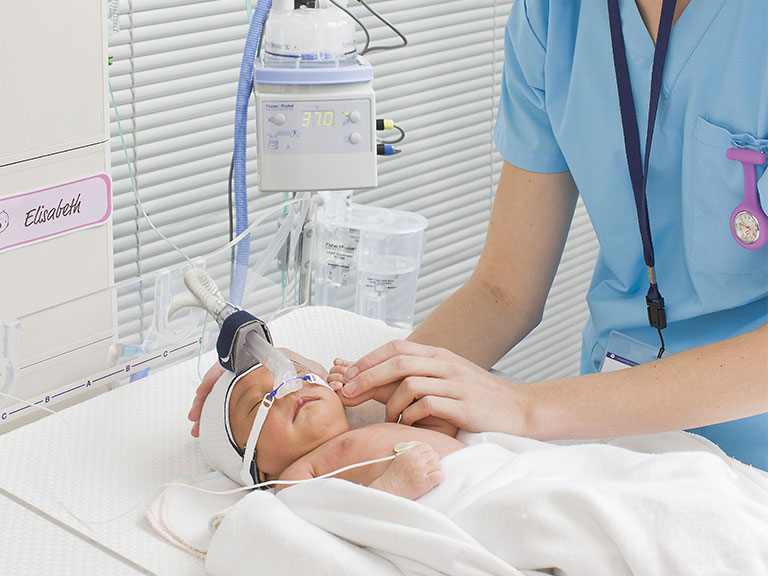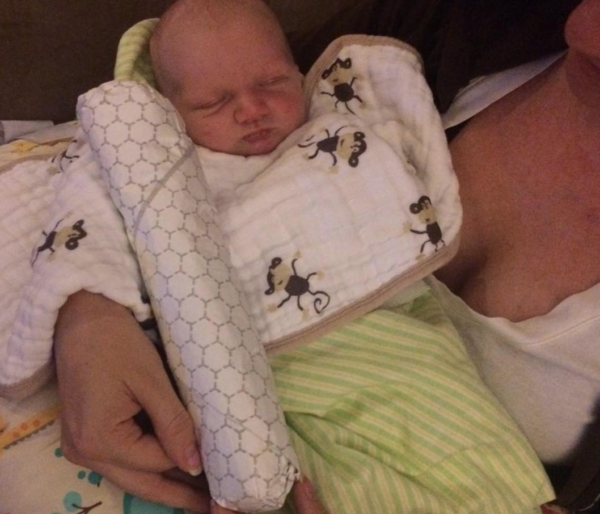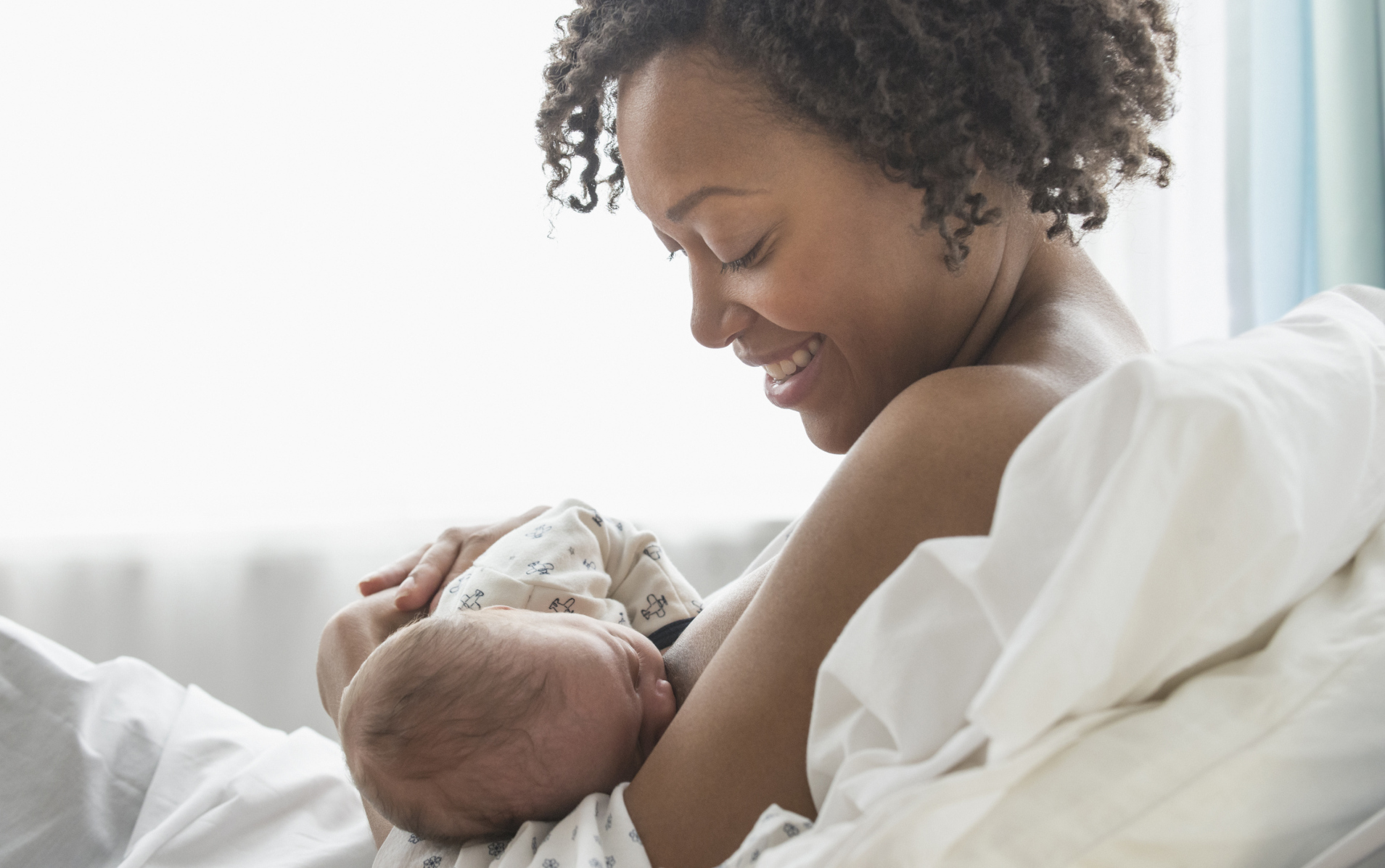It’s a way to help your child breathe!
When you think of CPAP machines, your mind immediately flashes to that friend, family member, or spouse you has a hard time breathing when they sleep. They use the sleep apnea machine to help them breathe easy so they sleep better at night.
CPAP machines are most commonly used for sleep apnea, but did you know they can be used for newborns? CPAP ventilation for infants is a viable solution to deal with respiratory distress syndrome or other respiratory problems.
CPAP stands for “continuous positive airway pressure”. The CPAP machine applies positive pressure on the airways to keep them continuously open. This is effective for people suffering from sleep apnea, a condition where the airways spontaneously close and cut off oxygen.
It allows people to breathe easily, and it encourages better blood oxygenation.
CPAP ventilation for infants is often recommended in cases where the child is unable to breathe properly on their own. For example, pre-term infants have underdeveloped lungs that are unable to take in enough oxygen for their bodies. CPAP machines help to keep the air flowing into their bodies, encouraging healthy oxygenation. Infants with respiratory distress syndrome may also benefit from the CPAP machine. It can improve the chances of survival for any infant who is having trouble with their breathing.
The machine delivers oxygen at a steady rate, ensuring that it is sent down the airway and into the lungs. There, the alveoli in the lungs pull the oxygen into the bloodstream, where it is sent throughout the body to keep the various organs and tissues alive.
It can be used along with other machines, or its use can be scaled back as the infant develops the ability to breathe on their own.

Nasal CPAP is another option for those considering treatment options for their child. It has been proven to reduce the amount of time spent on the ventilator, but it can also lead to higher occurrences of pneumothorax.
Your doctor may present this as a good option to consider, and it may be, so long as you understand the potential risks.
One of the good things about CPAP ventilation in infants is that it can encourage proper air flow without the need for intubation. It can be hard for new parents to see their child hooked up to various machines, with a breathing tube in its mouth.
With a CPAP machine, especially nasal CPAP, you can help your child to breathe without using so many different apparatuses.
Always talk with your doctor before requesting CPAP ventilation for infants. There are other options to consider, such as:
- Oxygen mask, which uses a nasal cannula, O2 hood, or face mask to pump concentrated oxygen into the infant’s lungs. Preterm infants tend to have low oxygen saturation, and oxygen masks can ensure your child is getting all the oxygen they need.
- Mechanical ventilation, which uses a tube that is inserted directly down the throat and into the lungs.
- Non-invasive positive pressure ventilation, or NIPPV, applies positive pressure on the airways (similar to the CPAP machine) without the use of a mask or prongs. It’s usually recommended for infants who are almost able to breathe on their own, but who only need a little help.
Understand your different options—and the risks and benefits of each—and you’ll be better equipped to make the right decision for your child. It’s a tough time, to be sure, but you must know what you’re getting into.








